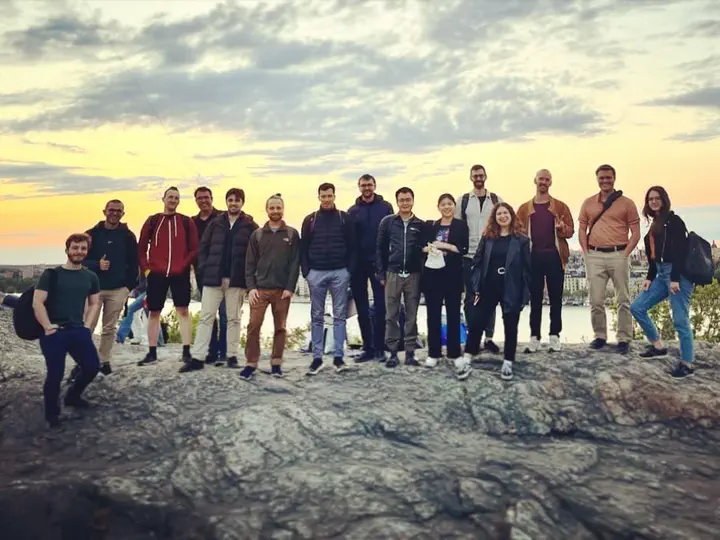Hosting Hackathon on Web & Cloud for AI-powered BioImage Analysis
 Image credit: Florian Jug
Image credit: Florian JugHosting Hackathon on Web & Cloud for AI-powered BioImage Analysis
Originally Posted by Caterina Fuster-Barceló, title: “Outcomes of the Hackathon on Web and Cloud Infrastructure for AI-Powered BioImage Analysis” on 22 June 2023
Recently, our community had the opportunity to partake in a dynamic event that demonstrated the vibrant nature of our field: The AI4Life Hackathon on Web and Cloud Infrastructure for AI-Powered BioImage Analysis. This event, organized by Wei Ouyang at KTH Sweden, partner of the AI4Life, with generous support from Global BioImaging, took place from June 5th to 9th, 2023, at the distinguished SciLifeLab in Stockholm, Sweden.
The objective of this hackathon was to bring together thought leaders from various backgrounds to discuss and design advanced web/cloud infrastructure for bioimage analysis, using the latest AI tools. This fusion of technology and biology aimed to drive future advancements in the life sciences and computing arenas.
From everywhere to the SciLifeLab
We welcomed a myriad of participants from around the globe, representing prestigious institutions and industrial partners from both the EU and the US. The renowned platforms present at the event, such as the BioImage Model Zoo (BMZ), Fiji, ITK, Apeer, Knime, ImJoy, Piximi, Icy, and deepImageJ, each demonstrated their unique contributions to the evolving field of bioimage analysis.
Presentations and demos!
The kick-off of the hackathon featured a series of introductions and presentations. Wei Ouyang, the leader of the newly founded AICell Lab, presented a compelling overview of his team’s work, including the development of Hypha and BioEngine which serves as a robust platform for running AI models in the cloud and a large language model-based tool for code generation in image analysis.
Next up, the Piximi team impressed the attendees with their demonstration of how AI models can be run in a web browser using JavaScript, showcasing a powerful annotation tool for bioimage analysis. Not to be outdone, the APEER platform revealed its latest feature for training AI models and subsequent local downloads for inference.
The “talkathon”
Initially, the hackathon resembled a “talkathon”, with participants passionately engaging in dynamic discussions, creating synergy and forming interest groups. These conversations traversed a broad spectrum of topics, ranging from enhancing the usability of client tools, supporting custom pre/postprocessing (like StarDist or Cellpose), and even complex inference modes such as test-time augmentation. The consensus was achieved by proposing an ‘ops’ registry — a GitHub repository that stores dependencies and entry point codes for running custom bioimage analysis operations. In essence, this would create a library of operations that could be linked to each model in the BMZ, with each model potentially having multiple operations.
Hands-on
As the hackathon progressed, it shifted focus towards practical collaboration. Participants dove into hands-on activities, such as linking tools like Piximi and Knime to BioEngine, developing guidelines for assigning task-specific tags, and exploring remote rendering capabilities with AGAVE and itk-vtk-viewer, among other tasks.
Conclusions
While the hackathon itself has concluded, the collaborations it sparked continue. Participants are building on the progress made during the event, marking the beginning of what we anticipate to be a series of exciting advancements in the field. We firmly believe that this event will catalyze further progress in the bioimaging and AI communities and eagerly